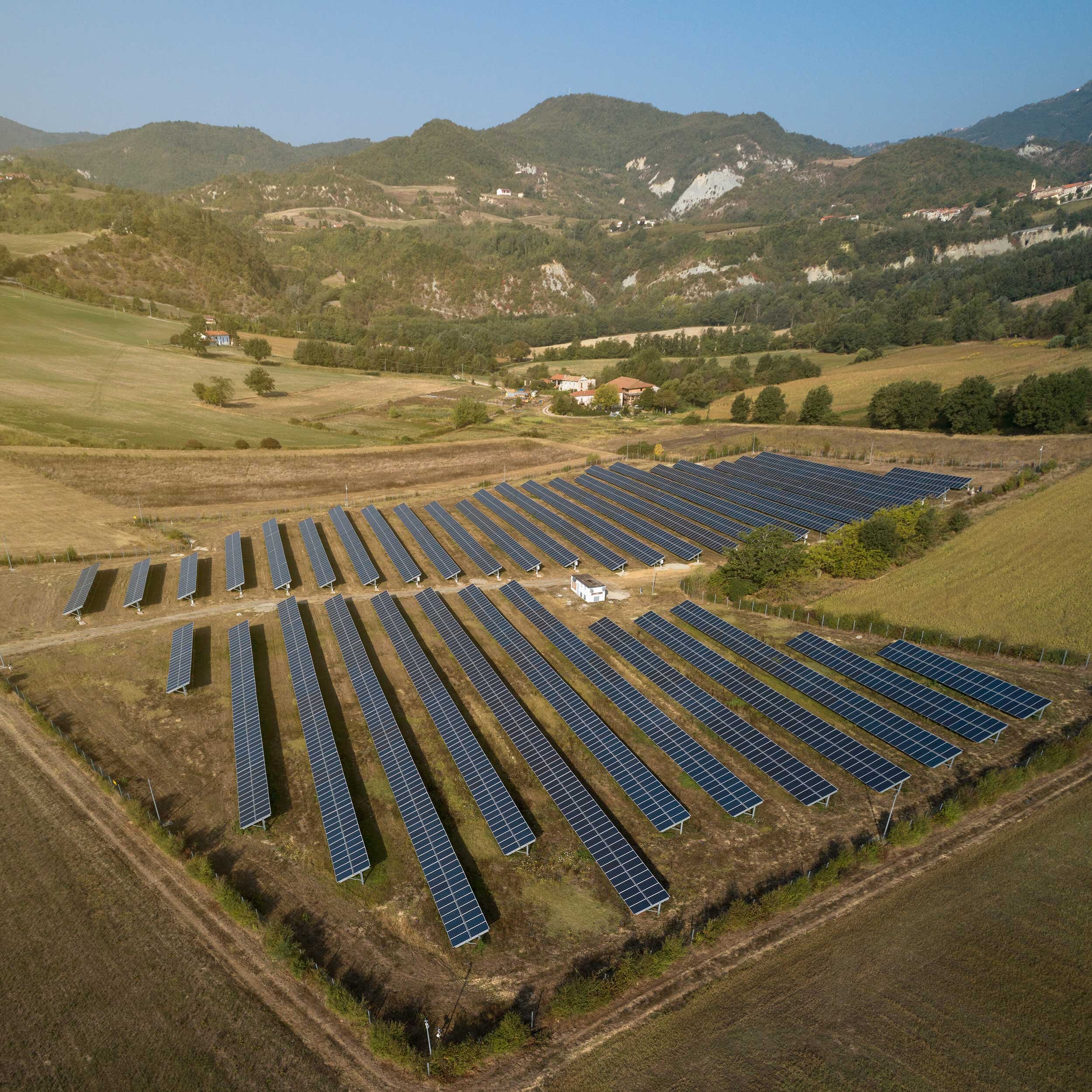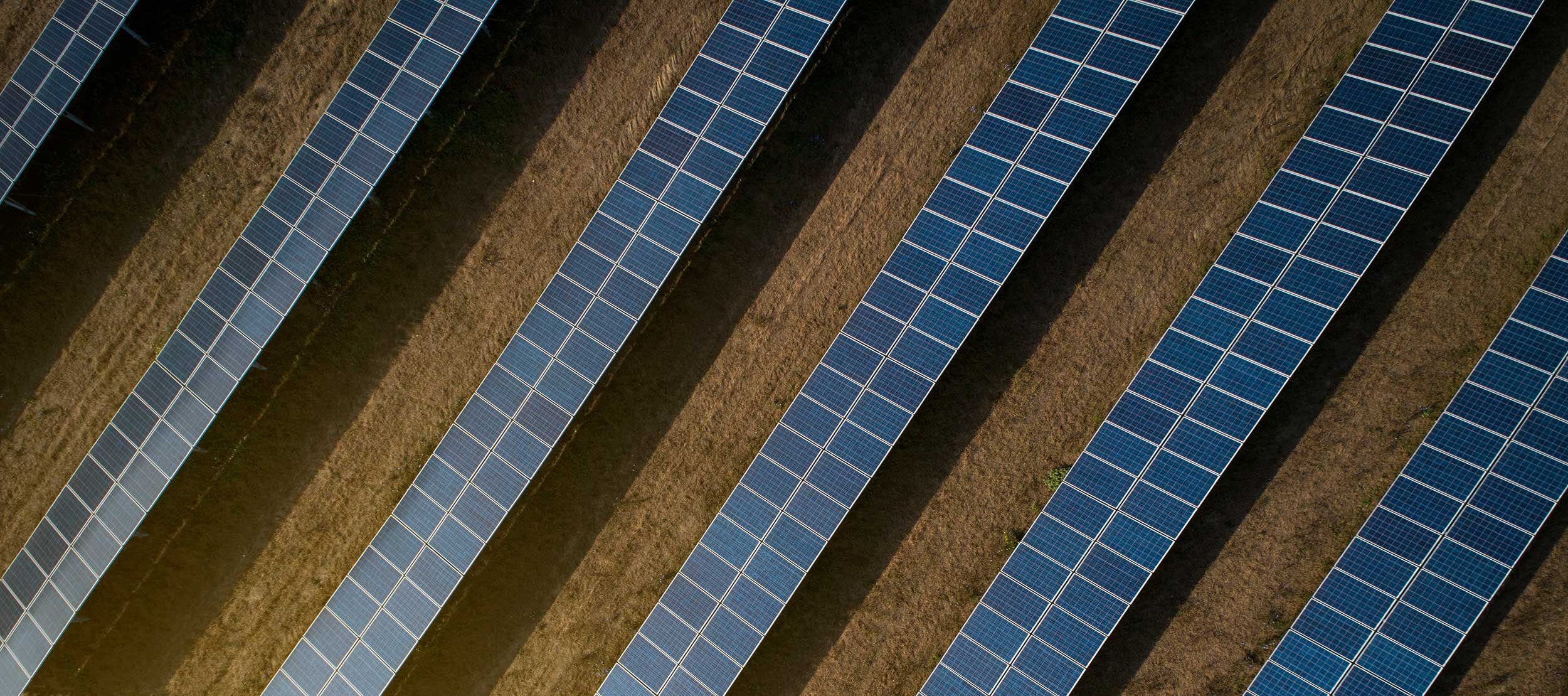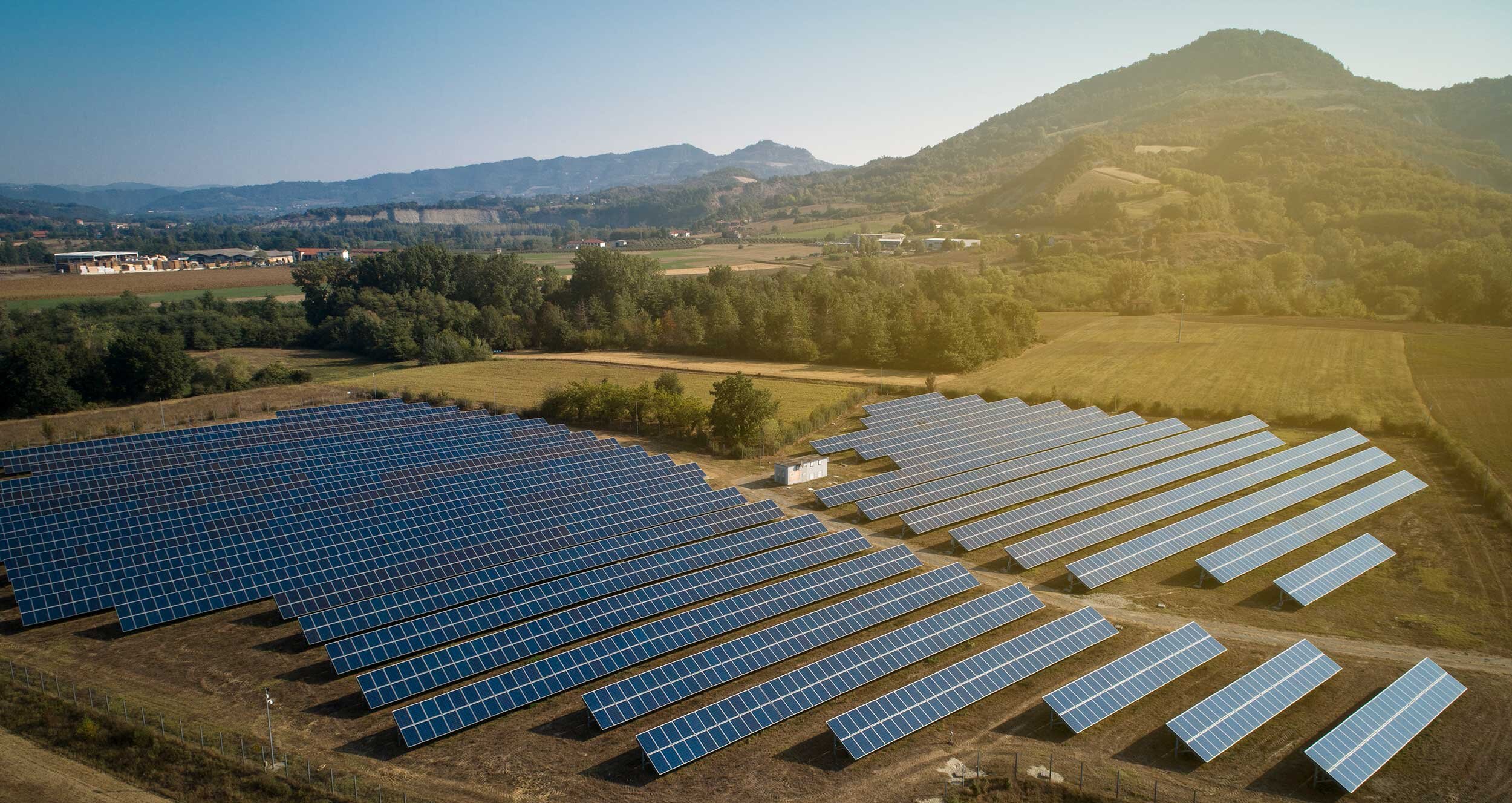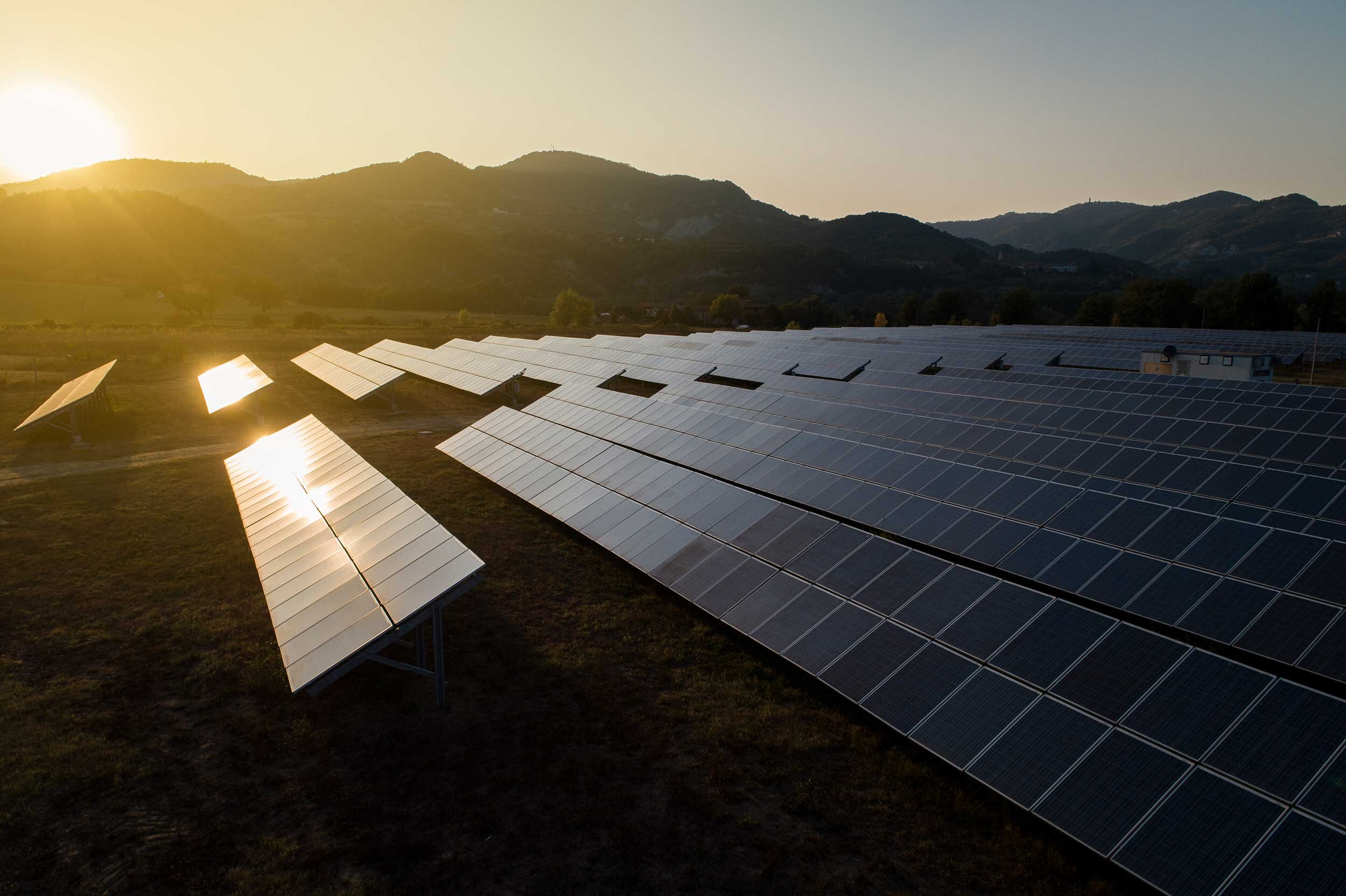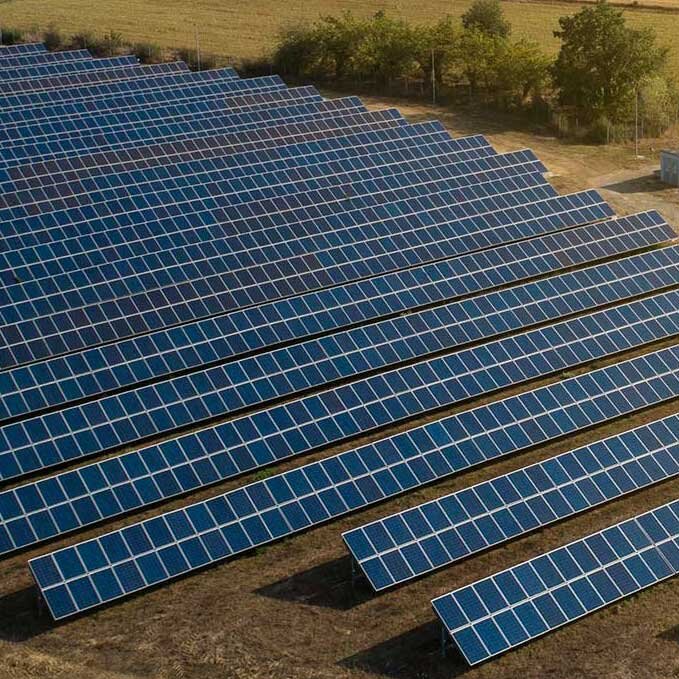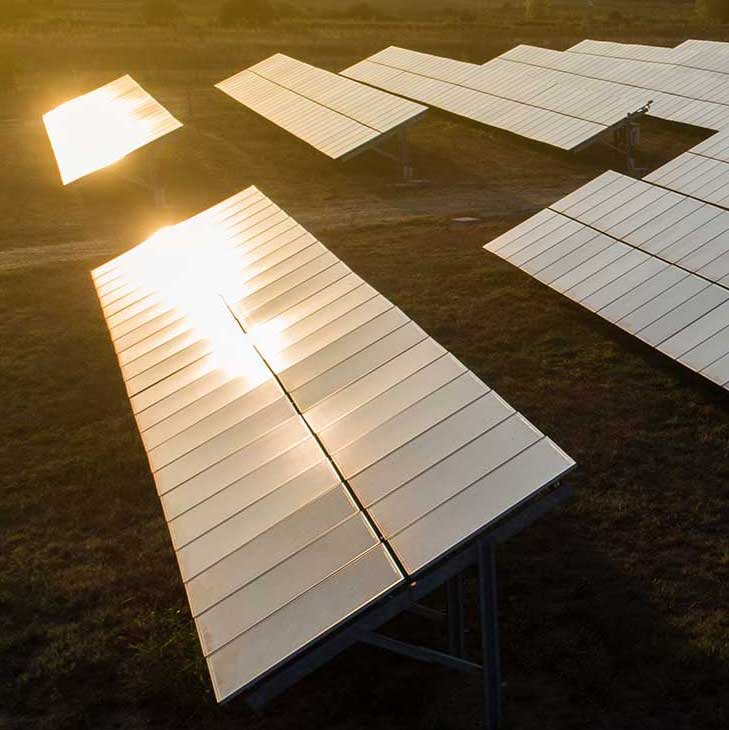
Infrastructure
Established in 2012, Stafford’s Infrastructure business focuses on building diversified investment portfolios that provide exposure to core, operating, and yielding assets. These assets are primarily located in OECD countries across the energy, transportation, communication, utilities, and social infrastructure sectors. The strategy is driven via attractively priced fund secondaries and co-investments that are underpinned by our proprietary data and systems, systematic and disciplined investment process, and dedicated global team. To date, the combined infrastructure portfolio presents exposure to over 300 unique assets across a range of subsectors, geographies, and vintages.
By their very nature (large, resource intense, immoveable, intensive usage by many customers, etc.) infrastructure assets often have a substantial impact on and are impacted by the environment, the social context in which they perform, and the governance, regulatory, financial, and legal landscape that they are exposed to. Consequently, a commitment to sustainability is a fundamental tenant of our business and is reflected in our investment philosophy. It is thus of paramount importance that meticulous consideration of ESG factors is encapsulated in our due diligence, dynamic portfolio construction, and ongoing portfolio monitoring.
Stafford Infrastructure in a nutshell*
2012
Launch year
USD 1bn+
Assets under management across six products
+300
Unique underlying assets
* Data as of December 31, 2020.
Infrastructure and the transition to a low-carbon economy
As an asset class, infrastructure plays a crucial role in supporting the transition to a low carbon economy, with new investments in renewable energy, transportation and grid infrastructure projected to outstrip high carbon fossil fuel infrastructure assets. For this reason, our infrastructure team incorporates ESG and climate-related risks and opportunities into its investment decisions to mitigate risk and generate sustainable long-term returns.
Given that we operate a fund of funds strategy, there is often a diverse range of underlying asset exposures in the underlying funds we examine. As a result, some portfolios may present exposure to potentially more adverse ESG elements such as environmental risks stemming from upstream production, traditional power generation, midstream, and coal extraction. It is thus critical to meticulously manage such exposure and ensure that it is limited and digestible within the overall objective of the Stafford fund to the extent that it is ultimately absorbed. The graph below presents a snapshot of our second infrastructure co-mingled fund’s energy asset composition as of December 2020. Subsequent to year end a number of additional investments were made by this fund in the renewable space, providing additional exposure to solar, wind, and hydro assets.
As an asset class, infrastructure plays a crucial role in supporting the transition to a low carbon economy, with new investments in renewable energy, transportation and grid infrastructure projected to outstrip high carbon fossil fuel infrastructure assets. For this reason, our infrastructure team incorporates ESG and climate-related risks and opportunities into its investment decisions to mitigate risk and generate sustainable long-term returns.
Given that we operate a fund of funds strategy, there is often a diverse range of underlying asset exposures in the underlying funds we examine. As a result, some portfolios may present exposure to potentially more adverse ESG elements such as environmental risks stemming from upstream production, traditional power generation, midstream, and coal extraction. It is thus critical to meticulously manage such exposure and ensure that it is limited and digestible within the overall objective of the Stafford fund to the extent that it is ultimately absorbed. The graph below presents a snapshot of our second infrastructure co-mingled fund’s energy asset composition as of December 2020. Subsequent to year end a number of additional investments were made by this fund in the renewable space, providing additional exposure to solar, wind, and hydro assets.
Stafford Infrastructure has consistently increased its exposure to renewable energy assets over the past few years. This has involved investments into underlying funds that are either solely or predominantly comprised of renewable energy assets (including solar PV, onshore wind, offshore wind, hydro, and geothermal) and/or energy efficiency assets. It has also involved exploring co-investment opportunities with suitable partners who have a demonstratable track record and expertise in the space. As further detailed in the Theia case study, this enhanced deployment towards renewables has culminated in the development of a renewable energy platform currently focused on the Italian solar PV market.
Stafford Infrastructure Secondary Fund II (SISF II) energy exposures by subsector at the end of 2020
Source: Stafford Capital Partners, data as of December 31, 2020.
Beyond energy we have sought to identify and capitalise on a myriad of opportunities, including those emerging as part of the digital and transport transformation, which have arguably accelerated as a result of the ongoing COVID-19 pandemic. The need for data storage, processing capacity, and quick and reliable connectivity has never been greater. Mobility trends have also shifted, with electrification, the potential for hydrogen, and business models of urban public transport operators progressively adjusting to technological change. Our portfolios have seen an uptick in digital infrastructure assets (including fibre, telecoms, and data centres) and sourcing activities have presented opportunities for exposure to assets offering more sustainable means of transportation.
Extending further, our latest co-mingled fund has introduced specific climate-related targets with a focus on having a minimum commitment to renewables, a maximum allowable commitment to the oil and gas sector, and no exposure to coal-based extraction and power generation. Such targets serve to hold us accountable from a sustainability standpoint, align to the needs of investors, and appropriately manage portfolio risk.

Infrastructure managers’ disclosures on carbon emissions
Climate change presents a principal risk to infrastructure investments both from a physical and transition standpoint. Our assets are exposed to unpredictable natural disasters such as severe weather events including floods, storms, and fires. Intertwined with the progression to a low carbon economy is the concurrent effort to ensure that our portfolios are on the path to decarbonisation.
To better understand, track, improve, and manage our climate exposures, we have developed a climate change and CO2 emissions questionnaire that was rolled out for the first time in the spring of 2021 and shared with all underlying fund managers. The survey is intended to be updated on an annual basis and encompasses an amalgam of quantitative and qualitative information, geared towards identifying scope 1,2, and 3 emissions for all assets, emission savings, the key climate risk factors faced in the underlying funds, any climate related incidents, and the manager’s approach to mitigating adverse climate-related risks and capitalising on climate-related opportunities. The results of the 2020 questionnaire are reflected in the graph to the right.
Disclosures of CO2 emissions by infrastructure managers in Stafford’s portfolio in 2020
Source: Stafford Capital Partners, based on information provided by infrastructure fund managers as of December 31 2020.
While the availability and detail of this information unsurprisingly varies across the underlying manager constituency, we have received several responses and useful insights. It is also our expectation that going forward we will receive a greater volume of responses alongside more detailed analysis, particularly given more frequent and comprehensive investor needs/requests on this front, an enhanced ability of managers to produce such information, and increasing regulatory requirements that will effectively necessitate the need for this information to be available.
Infrastructure managers’ ESG performance
Stafford has built strong and ongoing relationships with reputable, well-established underlying fund managers who have demonstrated successful track records and sound investment practices. As of the end of 2020, investments have been made with 22 different infrastructure managers across Europe, North America, and Australasia. These manager relationships, coupled with Stafford’s robust, diligent, and disciplined investment process and strategy, have provided access to high quality underlying funds and assets.
We have formulated a structured annual process for ESG assessment and reporting of the fund managers. This continually evolving process encapsulates an ESG survey facilitated through the PRI reporting tool. We highlight some key insights from the 2021 survey below.
Highlights from 2021 ESG manager survey
95%
PRI signatory
100%
ESG policy in place
95%
Reports ESG KPIs to investors
100%
ESG incorporated in investment decisions
100%
Publicly supported TCFD
75%
Climate metrics for physical risk identified
73%
GRESB* member
20
Respondents
* GRESB is the Global ESG Benchmark for Real Assets (see www.gresb.com)
Source: Infrastructure fund managers, PRI, Stafford; data as of December 31, 2020.
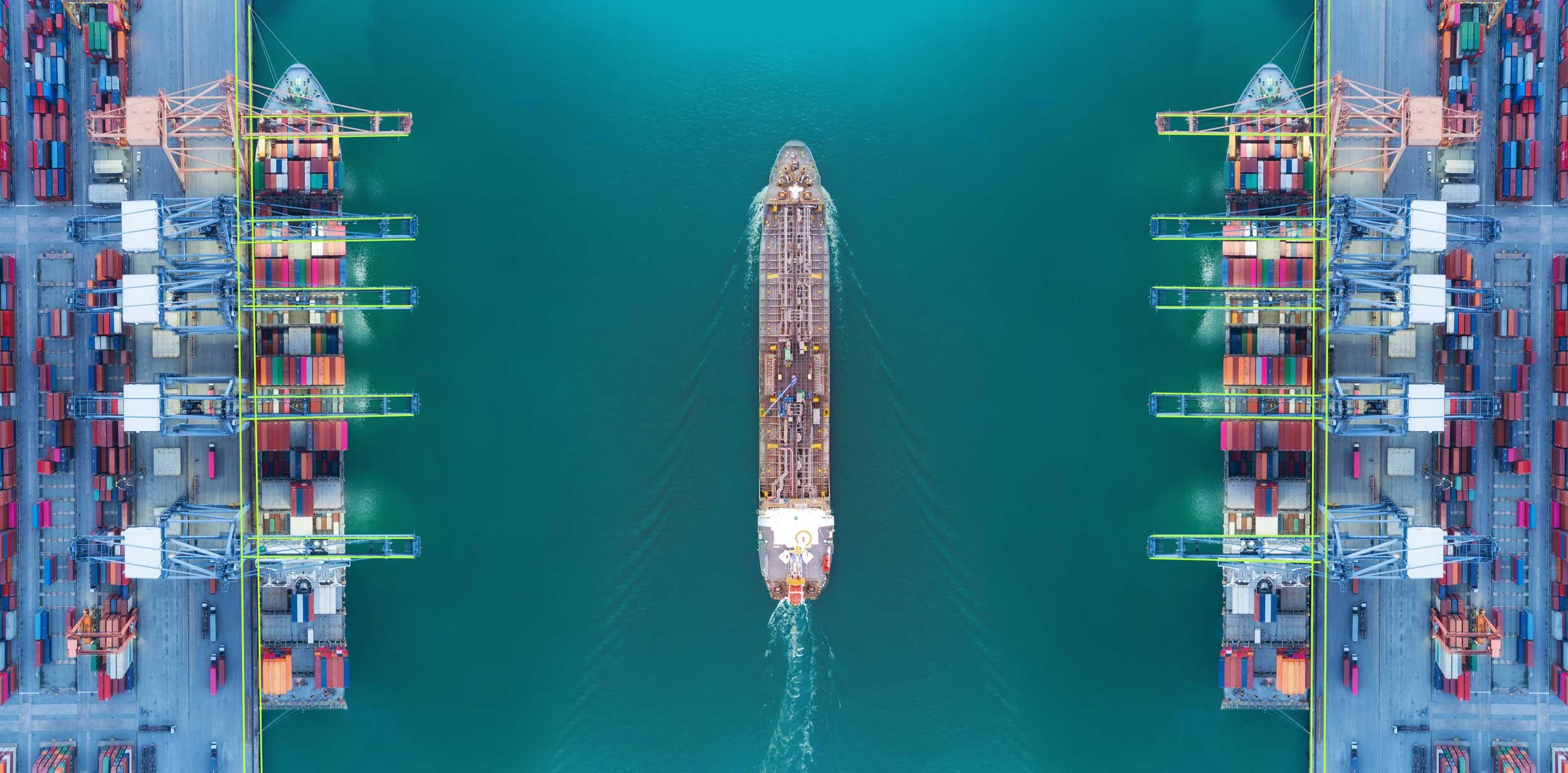
Manager responses to the survey have been assessed and translated into scores which are summarised in the figure below. We have used the PRI’s 2021 assessment methodology for this purpose. [1] Managers are assessed on multiple indicators that are related to their responsible investment policy, strategy, governance, stewardship, climate change and transparency (ISP score). Furthermore, indicators of how advanced they are in the integration of ESG considerations in different stages of their investment process are being incorporated in the so-called INF (module) score. The scores for each module range between 0% to 100%.
The infrastructure managers’ assessment scores suggest that they have robust ESG practices in terms of their investment philosophy (reflected in their ISP scores) and embed such practices into the investment process and ongoing operations of the underlying portfolio companies (reflected in INF scores). None of the managers has a score below 50%. Several of the infrastructure fund managers with the highest scores have been active pioneers in responsible investing, having been founding members and/or regular contributors to ESG and climate related initiatives and having input/co-authoring credits for various papers, forums, and working groups.[2]
Distribution of infrastructure managers' (GPs') ISP and INF scores for 2021
Source: fund managers, PRI, Stafford Capital Partners; scores as of 13/10/2021, based on December 31, 2020, data.
The infrastructure team will discuss assessment results with the managers, leveraging our knowledge and experience to provide insightful recommendations and indicate any potential areas for improvement in the future. The maximum scores reflect current industry best practices and managers will be encouraged to adopt those practices going forward.
[1] Details on the PRI’s 2021 assessment methodology can be found here: https://dwtyzx6upklss.cloudfront.net/Uploads/v/g/y/2021_assessmentmethodology_jan_2021_403875.pdf
[2] Some examples of supported initiatives include Climate Action 100+, Institutional Investors Group on Climate Change, World Energy Council, UN Environment Programme Finance Initiative, and One Planet Asset Managers Initiative, among others.
Monitoring of infrastructure portfolio reputational risk
Negative news items across different ESG issues related to Stafford’s infrastructure assets at the end of 2020
Source: Stafford Capital Partners, based on information provided by infrastructure fund managers as of December 31, 2020.
We are conscious that there are potential reputational risks stemming from the underlying managers we invest in, their partners, and their companies. We acknowledge that we ultimately cannot control the actions of a manager and any transgressions committed by them or their investee companies and assets. Consequently, we aim to mitigate this risk through the implementation of a detailed assessment of all managers both pre-investment (as part of transaction due diligence) and post-investment via ongoing monitoring activities. For this purpose, we also regularly keep track of any ESG-related incidents using RepRisk, where we maintain an active watchlist on all asset exposures. At the end of 2020, assets on Stafford Infrastructure’s watchlists had in total 384 news items identified by RepRisk, related to topics highlighted in the chart below. Negative news articles are relatively concentrated across only 12% of the total asset pool. We maintain dialogue with the managers to further understand the nature and causes of any issues as well as the action plan to remedy these going forward.

Case study
Theia is a renewable energy platform supported by Stafford Infrastructure’s second co-mingled fund, with its principle focus on the solar PV sector in Italy.
Stafford has partnered with a Milan-based team that blends extensive expertise in the engineering/operational side of the renewables space (including hands-on experience in developing and managing solar projects from the planning and construction phases to full operational functionality) with renewables deals and investment management experience.
The team has been offering renewables investment opportunities to Stafford on an exclusive basis since 2019, whilst Stafford retains full investment discretion.
Initial focus
Theia’s initial focus has been concentrated on consolidating the team’s capacity to invest in and manage productive assets, with a single technology and market focus facilitating effective cost management and a smooth acquisition process.
The approach involves the aggregation of smaller solar plants which have scope for identifiable improvements. Asset management activities focus on financial optimisation (primarily via refinancing of completed transactions) and operational optimisation in terms operations & maintenance contractor selection, improving productive capacity, and ensuring the latest technologies are implemented.
Geared towards sustainability
The platform is geared towards sustainability through its exclusive dedication to renewables and clean technology, with carbon savings at the forefront.
The Theia portfolio contains 15 plants (combination of ground mounted and rooftop), representing 16,550 MWh of renewable energy generation.
Annual GHG emissions reduced/avoided amount to 7,282 tCO2eq and there is 13MW capacity of renewable energy plants constructed or rehabilitated. Moreover, the platform aligns to UN SDGs 7, 9, and 13.
Given the success of Theia to date, it is envisaged that the strategy will ultimately expand and evolve in our current co-mingled fund and beyond to:
Use the market visibility linked to the first stage of the platform to attract investors and sellers.
Create solid differentiation in terms of technologies and countries (maintaining a European focus).
Enhance its ESG impact through the donation of recycled panels and turbines, effectively doubling the impact of each EUR invested.
This has the capacity to benefit our current and future products as the push for sustainable energy and a green path continues.


